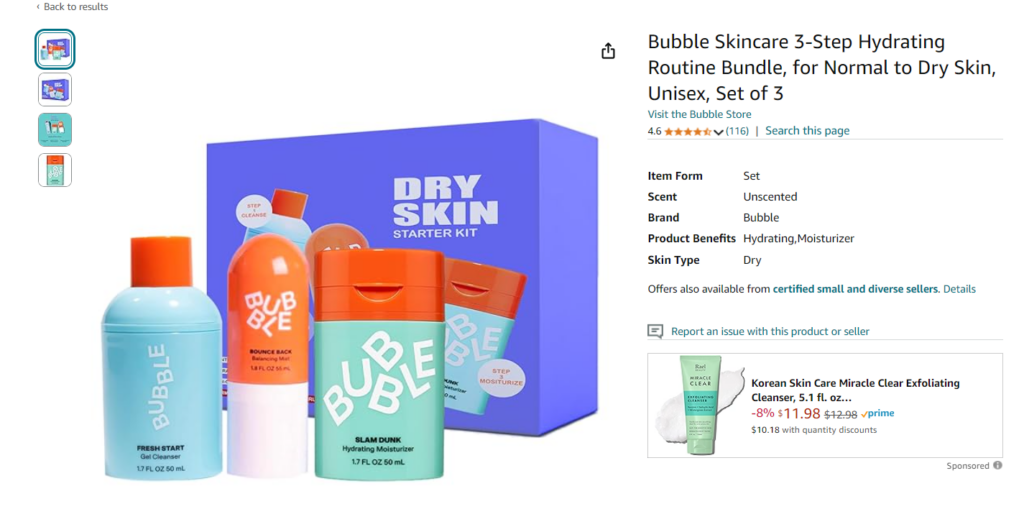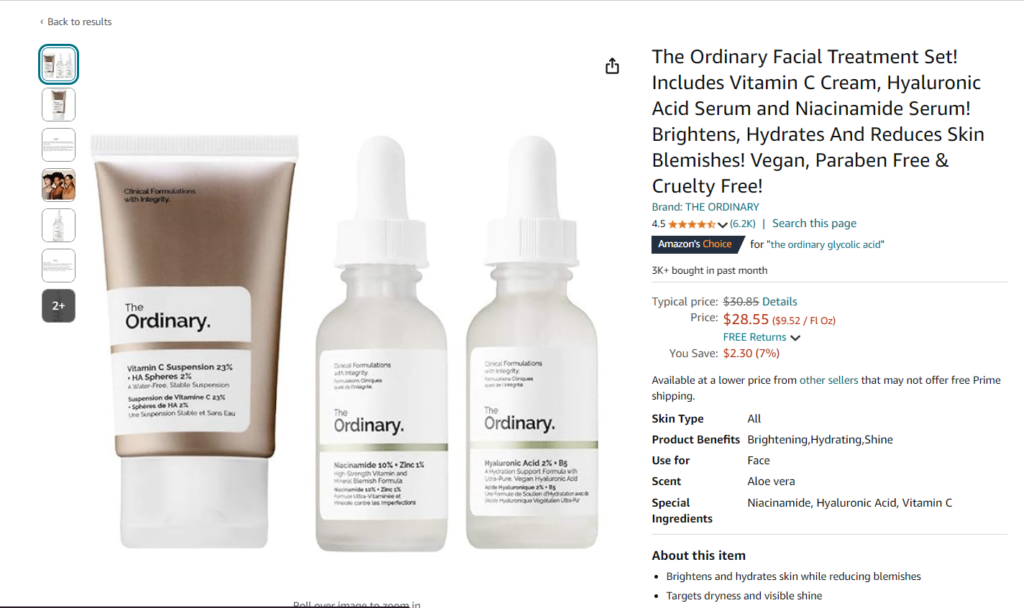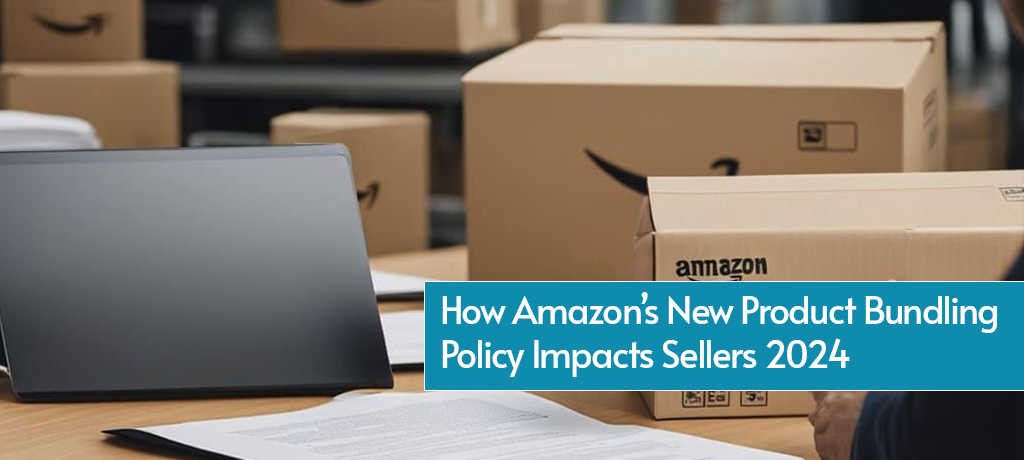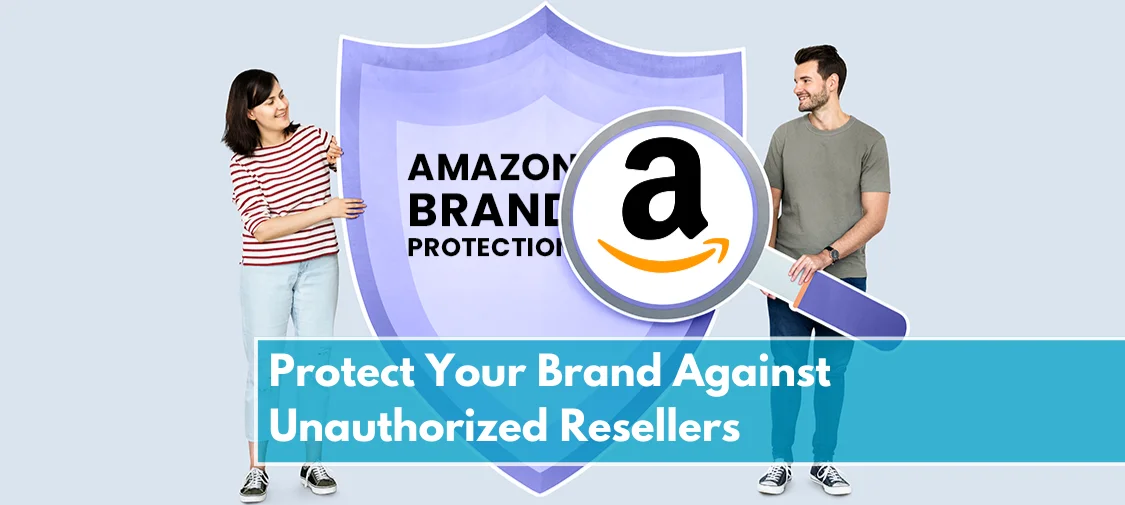Amazon
Amazon’s New Product Bundling Policy: What It Means for Sellers
Amazon has introduced a new product bundling policy, creating a significant shift in how brands on the platform can package and promote their items. Product bundling has always been a strategy for sellers to boost value and convenience for customers while increasing sales and average order value. This update to Amazon’s bundling guidelines brings both new opportunities and requirements for sellers, particularly in optimizing their product offerings to align with Amazon’s terms. For 3P sellers, understanding these changes is essential to maintaining compliance and driving success on the platform.
This blog will unpack what Amazon’s new bundling policy entails, its potential impact on sellers, and strategies for navigating the update effectively.
Understanding Amazon’s New Product Bundling Policy
The updated product bundling policy introduced stricter guidelines on how 3P sellers can group items for sale. Under the new rules, each bundle must contain at least two complementary items from the same category, with one designated as the primary product. Additionally, Amazon now requires that bundles offer a clear added value for customers, meaning they should enhance convenience, functionality, or product performance in some way.
The aim of this policy is to improve customer experience and reduce the number of low-value or unrelated product bundles that sometimes clutter Amazon’s listings. For established brands, this shift means taking a more strategic approach to creating and marketing product bundles.
Key Elements of the New Policy
Let’s break down some of the main aspects of Amazon’s updated policy for product bundles:
- Complementary Items Only
The policy specifies that bundled products should naturally go together. For instance, a camera and memory card could make an effective bundle, while unrelated items, like a camera and skincare products, wouldn’t meet the policy requirements. - Primary Product Focus
Amazon now requires sellers to identify a primary product in each bundle, which helps clarify the main focus of the purchase. The primary product must align with the bundle’s category, ensuring consistency for customers. - Added Value Requirement
Bundles should provide customers with clear added value, like convenience or cost savings. For example, a beauty brand could bundle a facial cleanser with a moisturizer, offering a complete skincare routine for the customer. - Clear Branding and Packaging
Sellers are encouraged to brand and package bundles attractively, so customers know they are buying a single, cohesive product. This can also improve perceived value, as well-packaged bundles often make customers feel they are receiving a premium product. - Accurate Descriptions and Images
Amazon requires accurate titles and images for bundles, ensuring transparency. Each component of the bundle should be listed clearly, and images should show all included items to avoid any customer confusion.

The Benefits and Challenges of Amazon’s Updated Bundling Policy
For sellers, Amazon’s policy update provides both opportunities and potential challenges. On the one hand, meeting the new requirements can help sellers create high-quality bundles that appeal more to customers. On the other hand, it also introduces limitations that can impact how brands traditionally bundle products.




Benefits for Sellers
- Improved Visibility and Trust
Bundles that meet Amazon’s quality standards may be prioritized, potentially improving search rankings. Customers are more likely to trust and purchase well-packaged bundles, which can help brands stand out in competitive categories. - Enhanced Customer Satisfaction
Clear, relevant bundles with added value can increase customer satisfaction and lead to higher ratings. With Amazon prioritizing customer experience, bundles that provide genuine utility can generate better reviews and drive repeat purchases. - Increased Revenue Potential
Well-constructed bundles can raise average order values, especially during high-sales events like Black Friday or holiday seasons. Offering complementary items together gives customers an incentive to spend more on a single purchase, benefiting sellers’ bottom line.
Challenges for Sellers
- Limitations on Bundling Options
The requirement for related items may prevent sellers from offering unique cross-category bundles. This limitation could reduce flexibility, especially for brands that previously bundled complementary items across different categories. - Compliance Demands
Staying compliant with the new rules will require a closer review of current and future bundles. Sellers may need to modify or remove bundles that don’t meet Amazon’s criteria, which could impact listing strategy and revenues.
Tips for Optimizing Your Bundling Strategy
For Amazon brand owners looking to maximize the new policy’s benefits, here are several tips to optimize your bundling approach:
- Identify Strong Product Pairings
Choose products that naturally complement each other. If you sell kitchen appliances, consider bundling an appliance with compatible accessories, like a blender with a set of measuring cups or recipe books. - Focus on Customer Value
Aim to create bundles that save customers time or enhance their experience. Think about the customer journey and needs, and create bundles that simplify buying decisions, like a “starter pack” for new customers in your niche. - Keep Pricing Competitive
Ensure bundled items are competitively priced. While bundles offer convenience, customers will still compare costs. Make sure your pricing reflects the value added by bundling the items together. - Leverage Attractive Packaging and Imagery
Clear, appealing images that show all bundle components can increase click-through rates. Use professional product photography or mockups to display the bundle as a cohesive unit. Add infographics to demonstrate usage, benefits, or details on the bundle contents.
Frequently Asked Questions About Amazon’s New Bundling Policy
Q: Can I bundle items from different categories?
A: No, Amazon’s new policy requires items in a bundle to be from the same category and complementary. Cross-category bundles do not meet the updated requirements.
Q: How does Amazon determine the “added value” of a bundle?
A: Amazon’s guidelines specify that the bundle should offer convenience, performance improvement, or cost savings. Bundles that simply combine unrelated products without a clear benefit may not comply with this policy.
Q: What are the penalties for non-compliant bundles?
A: Amazon may remove listings that do not meet the bundling requirements, and sellers may face restrictions on their accounts if repeated violations occur.
Real-World Application: Why Amazon Brand Owners Should Consider Partnering with PRS
Navigating Amazon’s bundling policies can be challenging, especially for established brands with large product catalogs. Partnering with a 3P expert like Prime Retail Solution (PRS) can simplify the process, ensuring your bundles meet Amazon’s standards and maximize profitability. PRS offers support in:
- Product Optimization
PRS can help identify which product combinations offer the most value and meet Amazon’s criteria. By analyzing customer data and trends, PRS assists brands in creating high-performing bundles that appeal to target customers. - Policy Compliance
Keeping up with Amazon’s policies is essential for sellers. PRS stays updated on Amazon’s guidelines, helping brands avoid penalties and maintain a positive seller reputation. - Optimized Bundle Presentation
PRS offers strategic insights on creating appealing product bundles that align with Amazon’s policies, ensuring each bundle meets presentation guidelines and stands out to customers.
Conclusion
Amazon’s new product bundling policy brings a fresh approach to how brands can combine products to increase value. By following the updated guidelines, sellers can create high-quality, customer-friendly bundles that drive sales and enhance the customer experience. For brands that need expert guidance in optimizing bundles or staying compliant with Amazon’s policies, partnering with PRS is a strategic choice.
Get in touch with PRS today to ensure your bundles meet Amazon’s standards and help your brand stand out on the marketplace.
Share





